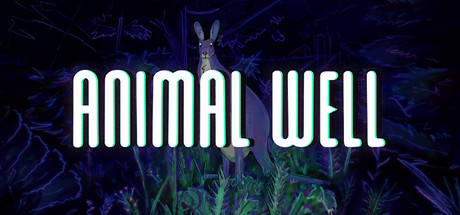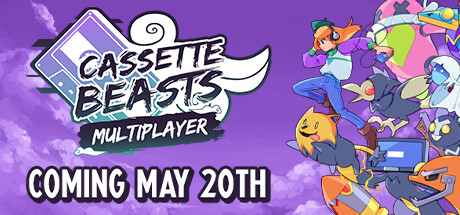It seems like every few months, I see an argument about Paradox Engine in Brawl and Historic Brawl formats. Someone comes in, complains about the card, other people agree or push back, and then everything returns to normal.
Rinse, repeat.
Given how often this happens, I thought I’d take some time to lay out my view, so I stop typing it out every time this happens.

As always, my sources for this are in the spreadsheet.
What gets a card banned in Historic Brawl?
There are several things that can get a card banned from Historic Brawl by WoTC. Some are very clear and easy to understand, while others are much more subjective.

The easiest category of bans to understand are cards that shutdown wide classes commanders. Examples include Sorcerous Spyglass and Chalice of the Void.
The second more subjective category are cards that are “too powerful.” This includes Channel, Demonic Tutor, Natural Order, Tainted Pact, and Oko, Thief of Crowns.
And then we have the the rest of them. Cards that are banned for reasons specific to the card themselves. Lutri, Agent of Treachery, Field of the Dead, Ugin the Spirit Dragon, and Nexus of Fate. We’ll call this group the “Weird Ones.”
So here’s my take: if you want to argue that a card should be banned from Historic Brawl, you need to argue that the card falls into one of these categories.
Does Paradox Engine do that?
Let’s go through the categories.
Category One: Shuts off a wide class of commanders
Paradox Engine doesn’t do this. Easy!
Category Two: Too powerful
This one’s a bit harder to quantify, but we can look at the results from the cHB Season 12 tourney for some info. While this event as a whole only had 33 players, across the top 8, there were zero copies of Paradox Engine played.
Maybe you’re not convinced. Lets go back a bit further.
| Season | Copies of Paradox Engine in Top 8 |
| 11 | 0 |
| 10 | 0 |
| 9 | (Couldn’t find data) |
| 8 | 0 |
| 7 | 0, but one decklist was missing |
Many of these decks do play The One Ring. Some play up to seven mana rocks. As far as I can tell, none of them play Paradox Engine, and Paradox Engine isn’t banned from the event. So, no. There doesn’t seem to be any evidence the card is “Too Powerful.”
Quick Note: The data only goes back so far, and notably, doesn’t include a point in time I mentally refer to as “Rusko Hell.” I’m open to the idea that maybe Paradox Engine was a bit much then, but the current state of things doesn’t indicate Paradox Engine needs a ban.
Category Three: The Weird Ones
And this is where things gets difficult, since we can no longer look at general usage, or card abilities to easily determine if something belongs here. Instead, we have to go through cards one by one. Do any of these cards offer parallels to Paradox Engine?
Lutri: Nope! Lutri is banned as a result of companion making him into an auto-include.
Field of the Dead: Field of the Dead was banned in multiple formats, mostly for power level. In Brawl, it was an auto-include that was a strong payoff for any deck running more then 6 different lands, with very little downside. As we’ve already noted, Paradox Engine doesn’t have a high play rate, so this doesn’t count either.
Ugin, the Spirit Dragon: Ugin was a strong colorless board-wipe that could be slotted into any deck, and there was very little reason to not do so. It was also called out for being overly prevalent in main decks. Again, no overlap in function.
Agent of Treachery: Agent of Treachery could go in either category two or three. I include it three because I think it’s less a direct factor of power-level, and more an issue of breaking color-identity and being overplayed. It was effectively permanent removal that could be used recursively. But again, no clear relationship with Paradox Engine.
This leaves just a single card left to try to use to justify a Paradox Engine ban in Brawl.
Nexus of Fate: The Most Complicated Ban in Arena History
Most bans get a line or two, or maybe a few sentences. Nexus of Fate gets six paragraphs.

The short version is that it’s banned for play disruption. Arena doesn’t allow easy combos/loops. WoTC decided that 30 minutes to have a game non-interactively resolve was a bit much. So it got banned.
This is the closest we get to a comparable card for Paradox Engine: a card that was banned for causing non-interactive, slow loops.
So now things can go either way.
Like Nexus of Fate, Paradox Engine can slow down games. It requires manually tapping all your non-land mana sources in the Arena client to use it optimally and try to go infinite, and it’s non-interactive. It can often end the game outright once it comes down, if you get lucky and have the right tools. And it’s very, very boring to play against.
But it’s also not a perfect match. Paradox Engine doesn’t perform an infinite loop based off luck to anywhere near the extent that Nexus of Fate does. Once Paradox Engine comes out, it either gets removed and the combo ends, or it sits there and continually provides resources for whoever played it until they win, or run out of actions to take.
My Take
Personally, I lean against banning Paradox Engine at the moment. It’s nowhere near widespread enough to make it a “necessary” ban, and its existence is a win-con for several decks. That doesn’t mean that it should never be banned, but the mild frustration it produces is outweighed by the neat decks it allows to exist.
Still, there are strong arguments both ways and (in theory) as more and more cards, and more and more mana rocks are added to Brawl, the scales (in theory) start to tip toward a ban.
But right now?
Paradox Engine doesn’t need to be banned.







